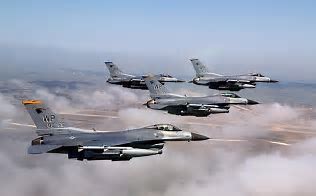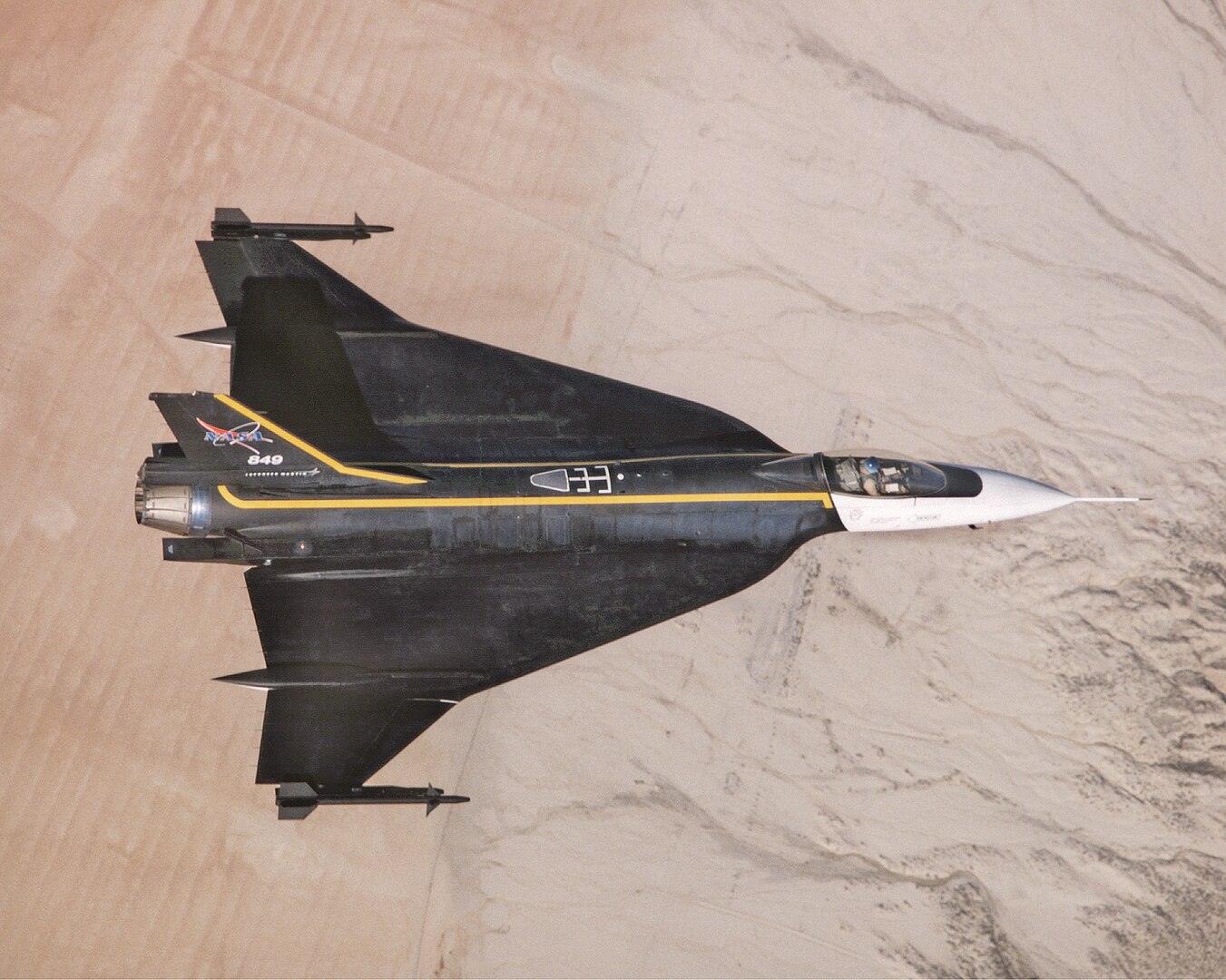
The F-16 Fighting Falcon is a name that has become synonymous with aerial prowess over its impressive four-decade tenure in the United States Air Force (USAF).

However, not every variant of this legendary aircraft reached production, including the advanced yet overlooked F-16XL. This model was a technological marvel with capabilities that, for some, still represent a missed opportunity for the USAF.

The F-16XL was a bold reimagining of the original F-16, incorporating a radical ‘cranked-arrow’ wing design that substantially increased lift, range, and payload capacity. This prototype, designed in the early 1980s, was intended as a replacement for the F-111 Aardvark and competed against the F-15E Strike Eagle in the Enhanced Tactical Fighter program.

Despite the innovative design and impressive specifications, the F-16XL fell victim to budget constraints, complexity concerns, and strategic choices that favored the familiar F-15E.

The two prototypes developed by General Dynamics for the competition ended up in storage, and later, in NASA’s research programs, where they contributed to advancements in aeronautics but never saw combat.

The F-16XL’s potential was undeniable. With a design capable of carrying twice the payload and achieving 44% greater range than its F-16 predecessor without external fuel tanks, the F-16XL could have redefined air-to-ground missions.

The airframe could carry four Advanced Medium-Range Air-to-Air Missiles and two Sidewinder AIM-9 infrared missiles, essentially doubling its missile radius.

Harry J. Hillaker, the chief project manager, outlined the F-16XL’s edge: “The fighter was designed to be able to carry twice the payload of its F-16 predecessor and travel up to 44 percent farther without the need for external fuel tanks.”

The aircraft’s delta wing, over 1,100 times the size of the original wing, and its fuselage, extended by 56 inches, were a testament to the jet’s evolved capabilities.

Despite the advantages, the Air Force selected the F-15E for its ETF contract. The decision favored an existing platform that required less financial and temporal investment. As the F-16XL was set aside, aviation enthusiasts and military strategists alike contemplated what could have been.

Even so, the F-16 family remains a critical part of the USAF’s fleet. The original F-16 continues to be the most numerous fighter jet in the Air Force, with over 700 units operational and a production number surpassing 4,600. Its versatility, reliability, and effectiveness across various operational environments have cemented its status as a favorite among global air forces.

The F-16’s enduring popularity rests on its adaptability and the innovations it introduced, such as advanced avionics, a frameless bubble canopy for increased visibility, and fly-by-wire control systems. Its capability to perform multiple roles, including ground attack and aerial reconnaissance, has expanded its utility far beyond its initial dogfighting design.

The legacy of the F-16XL lives on in the discussions of aviation buffs and defense analysts, representing a fascinating chapter in military aviation history—a chapter where capability and innovation met the harsh realities of budget and strategic direction, resulting in a powerhouse fighter jet that the Air Force didn’t adopt.

Relevant articles:
– The Supersonic F-16XL Fighter Wasn’t Amazing Enough for the Air Force, The National Interest
– Top Fighter Jet In US Air Force Arsenal: The Critical Role Of F-16 Fighting Falcon, simpleflying.com
– F-16XL: Why America Didn’t Get the Best F-16, Military.com
– F-16XL: The Powerhouse Fighter Jet The Air Force Didn’t Want, The National Interest
![F-16 Aerial Refueling [Image 15 of 28]](https://gallery.trendydigests.com/wp-content/uploads/2024/05/71df3cd2-7021-42b4-8717-c4d1cd0162f1-8-696x463.jpg)
